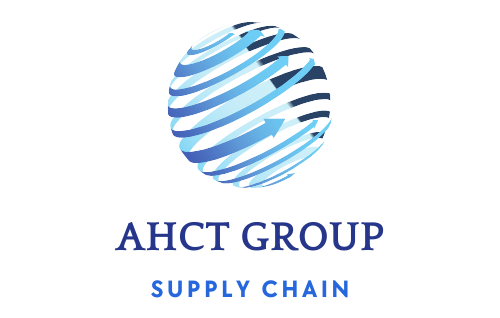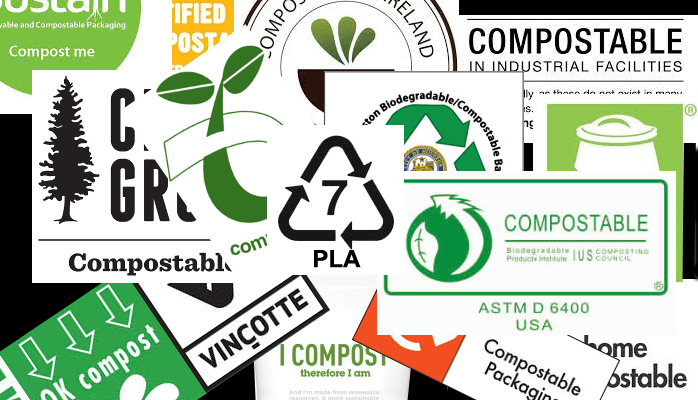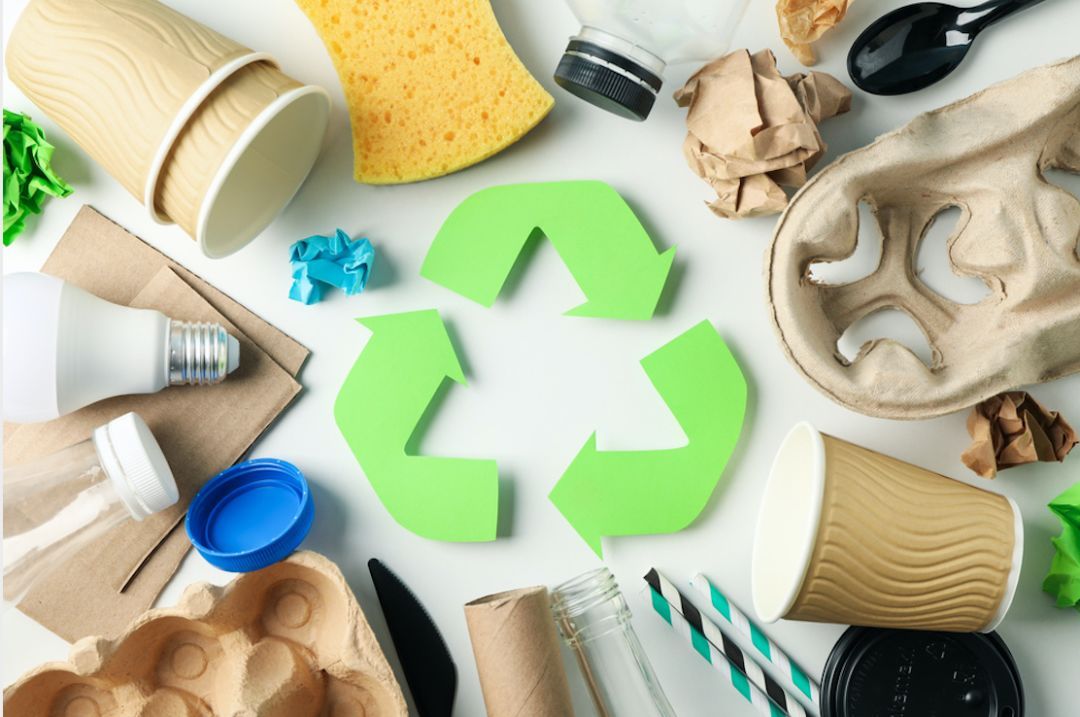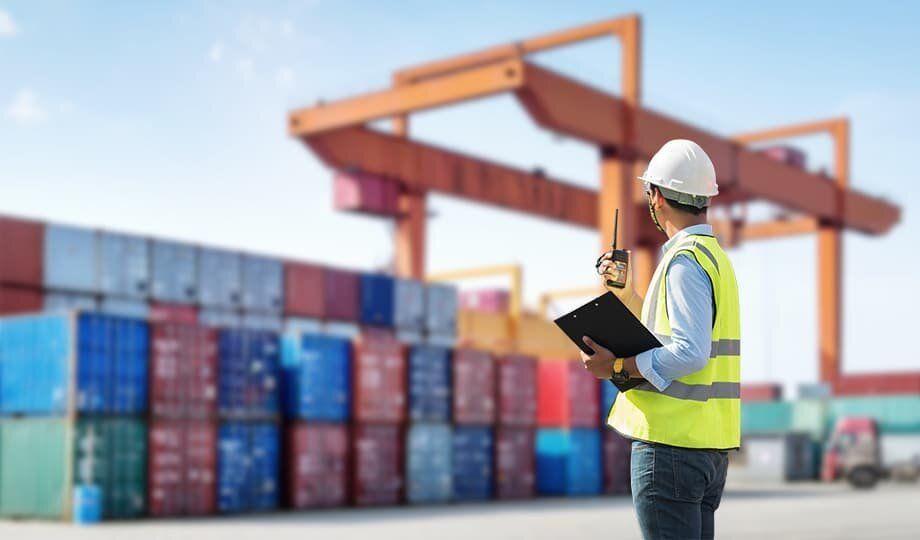AHCT GROUP NEWS
US and EU announce major deal on LNG

Russia currently supplies about 40% of the EU's natural gas needs.
The new deal will involve the United States and other countries supplying an additional 15 billion cubic meters of gas on top of last year's 22 billion cubic meters.
The new total would account for about 24 percent of the gas currently imported from Russia.
The ultimate goal is for the U.S. and international partners to provide the EU with about 50 billion cubic meters per year.
Reducing reliance on Russia would mean producing more renewable energy, improving energy efficiency, and increasing imports.
40% of the EU's natural gas comes from Russia. If it is to break free of this dependence, it needs to get its energy elsewhere.
The question is, where does it come from?
Gas is already being piped from Norway - but those pipelines are already running at maximum capacity. The EU gains relatively little from the North Sea.
The new supply has to come from farther afield, in the form of liquefied natural gas — gas that has already been cooled and liquefied.
But competition for LNG supplies from countries such as Algeria and Qatar is already fierce, which has been pushing up prices.
The 50 billion cubic meters of natural gas coming from the U.S. each year—more than double the current amount—is sure to be welcome.
But it still won't be able to fill the void if Russian supplies are removed.
There are also questions about how much natural gas the U.S. can supply, how quickly it can increase exports to the European Union and the cost of those goods.
The EU has enjoyed cheap gas for years - but now it seems to have accepted that era is coming to an end.
Energy prices were rising even before the invasion as the economy began to recover from the Covid-19 crisis.
The Ukrainian invasion has prompted the EU to pledge to cut Russia's gas use by two-thirds this year by boosting imports from other countries and boosting renewable energy.
The White House said immediate improvements in energy efficiency could be achieved by increasing the use of smart thermostats and heat pumps.
The EU said 15.5 billion cubic meters could be replaced this year through household energy conservation and emissions reductions, and 20 billion cubic meters could be replaced by accelerating wind and solar deployment.
The EU aims to save 170 billion cubic meters by 2030 through energy efficiency and the use of renewable energy.
The $170 billion on top of an additional $50 billion planned for gas from the U.S. and other countries means Europe's reliance on Russian gas could be displaced by 2030.
Russia Sanctions
The U.S. banned all Russian oil and gas imports in response to Russia’s invasion of Ukraine, and the U.K. will phase out Russian oil imports by the end of 2022.
The EU has said it will switch to alternative supplies "by 2030" and make Europe independent of Russian energy.
Germany has suspended the Nord Stream 2 gas pipeline, which was allowed to open from Russia.
Meanwhile, petrol prices in the UK have hit record highs as the cost of oil and gas has soared.
Oil prices soared to as high as $139 a barrel earlier this month, their highest level in nearly 14 years, while wholesale natural gas prices for next-day delivery more than doubled.
BBC, 2022. EU signs US gas deal to curb reliance on Russia. [online] Available at: <https://www.bbc.co.uk/news/business-60871601> [Accessed 25 March 2022].










